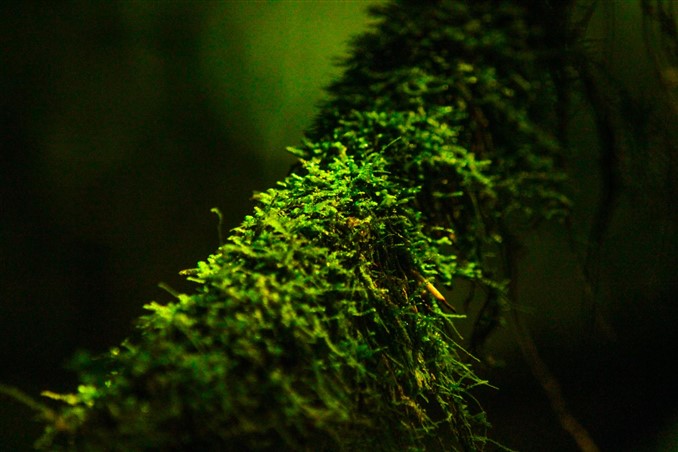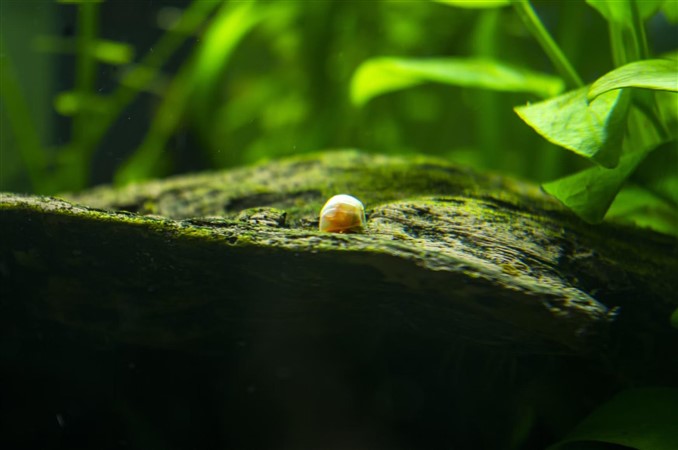If you are looking for an aquarium carpeting plant, you cannot go wrong with java moss. Not only is it lush and aesthetically pleasing, but it is also easy to care for. Thus, it is no wonder why aquarists are head over heels when it comes to java moss.
Having said that, not everyone understands how to grow java moss effectively. To do so, you will need to learn about java moss temperature and other characteristics of these plants. Scroll down and check out why java moss is your go-to aquatic plant!
Java Moss Temperature Introduction

Java moss is a big fan of slightly warm water. Since it is native to the tropical climate of Southeast Asian countries, it should be no wonder why java moss thrives whenever the temperature is a bit above the average compared to the normal temperature for water tanks.
Thus, you are recommended to keep your tank temperature around 80 to 85 degrees Fahrenheit. Should you wish to stimulate the growth, you might want to dial down the temperature a bit, as a tiny change in temperature may be the much-needed push for java moss to spurt out new branches.
6 Benefits Of Keeping Java Moss
Java moss cleans your tank
Java moss inhales debris and dirt circulating inside your aquarium. By making these unwanted substances their food, java moss partly helps you clean the tank and minimize the accumulation of toxins.
That is not to mention how dirt tends to settle on java moss leaves and branches. Thus, it will be much easier for you to give the tank a thorough cleanse.
Java moss provides oxygen for all aquatic animals
Java moss needs CO2 for its photosynthesis process. As a result, java moss will release a huge amount of oxygen into the water. Aerating the water is part of the reason why java moss remains so popular among aquarists, as it could be a greener and cheaper alternative to air stones.
Java moss controls algae growth
Nothing is more annoying than having algae clutching at all sides of your aquarium. In case you wish to curb their growth rate, consider putting in java moss.
By spreading around and covering most light exposure, java moss creates unfavorable conditions for algae. In turn, algae will have a much harder time trying to form visible patches.
Java moss provides breeding grounds

Many aquatic animals need a breeding ground to reproduce successfully. If you wish to build up your community tank, nothing beats having java moss as carpeting plants.
Once spreading around, java moss will end up being a comfortable surface for fish to lay their eggs. Soon enough, you will see baby fish being pushed out of java moss.
Java moss can be used as food
Some aquatic animals enjoy chewing on plants as an alternative source of food. In this case, java moss proves to be an excellent choice. As it is soft and edible, fish will have a good time feeding on java moss. That is not to mention how some fish do not shy away from eating plant debris and algae patches collected on java moss branches!
Java moss offers a hiding space
Not all fish are sociable and energetic. Many of them prefer hiding in certain places to protect themselves against more aggressive predators. If you cannot afford expensive decorative objects or driftwood, java moss is the way to go.
With their fluttering leaves and expansive branches, java mosses make for great places of refuge. Fish will undoubtedly feel safer once they are shielded by java moss.
FAQs
Does Java moss need sunlight?
No. Java moss does not require sunlight to grow sufficiently. As long as these plants have the right temperature range, they will be good as new. Of course, a bit of sunlight exposure will be the catalyst for the growth of java moss.
But otherwise, do not worry if the level of sunlight exposure is a bit low. Even if left in the dark for a few days, java moss can still find a way to survive.
Does Java moss prevent algae?
Yes. Java moss can be extremely helpful when it comes to algae prevention. First off, java moss grows and covers most of the sunlight exposure, thus leaving little light for algae to feed on.
Secondly, java moss takes in nutrients that otherwise are used for algae growth. By stealing the resources from algae, java moss makes sure these unwanted plants have no place to grow.
Does Java moss absorb ammonia?
Yes. Once java moss grows to a certain size, it will start taking in nitrites, nitrates, and ammonia. These chemical substances will be filtered through the leaves of java moss, leaving water much cleaner and more pristine than before.
Is java moss hard to grow?
No. Java moss can be considered the most sustainable and hardiest aquatic plant for aquariums. Once taking roots inside a tank, it will take extreme conditions for java moss to die off.
As long as java mosses are fed with nutrients and a bit of light from time to time, java mosses will continue spreading healthily. Even better, all it takes is the ideal temperature range for java moss to retain its lush appearance.
Conclusion
Learning about java moss temperature is just one among the many ways for aquarists to grow these plants effectively. Should you think the tips and tricks above have been useful, do not hesitate to share them with your friends and families!

